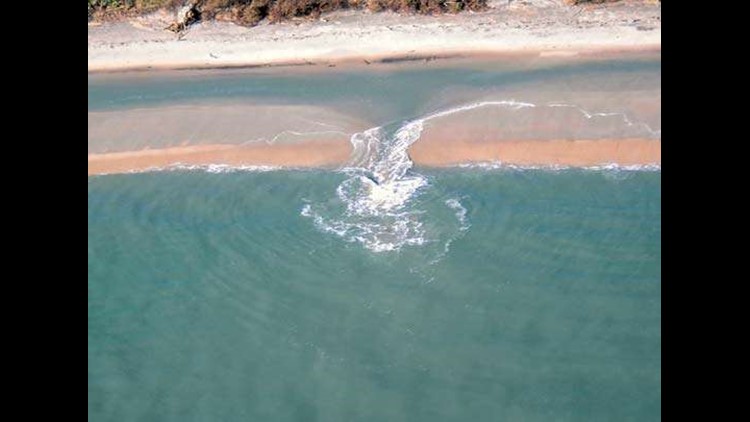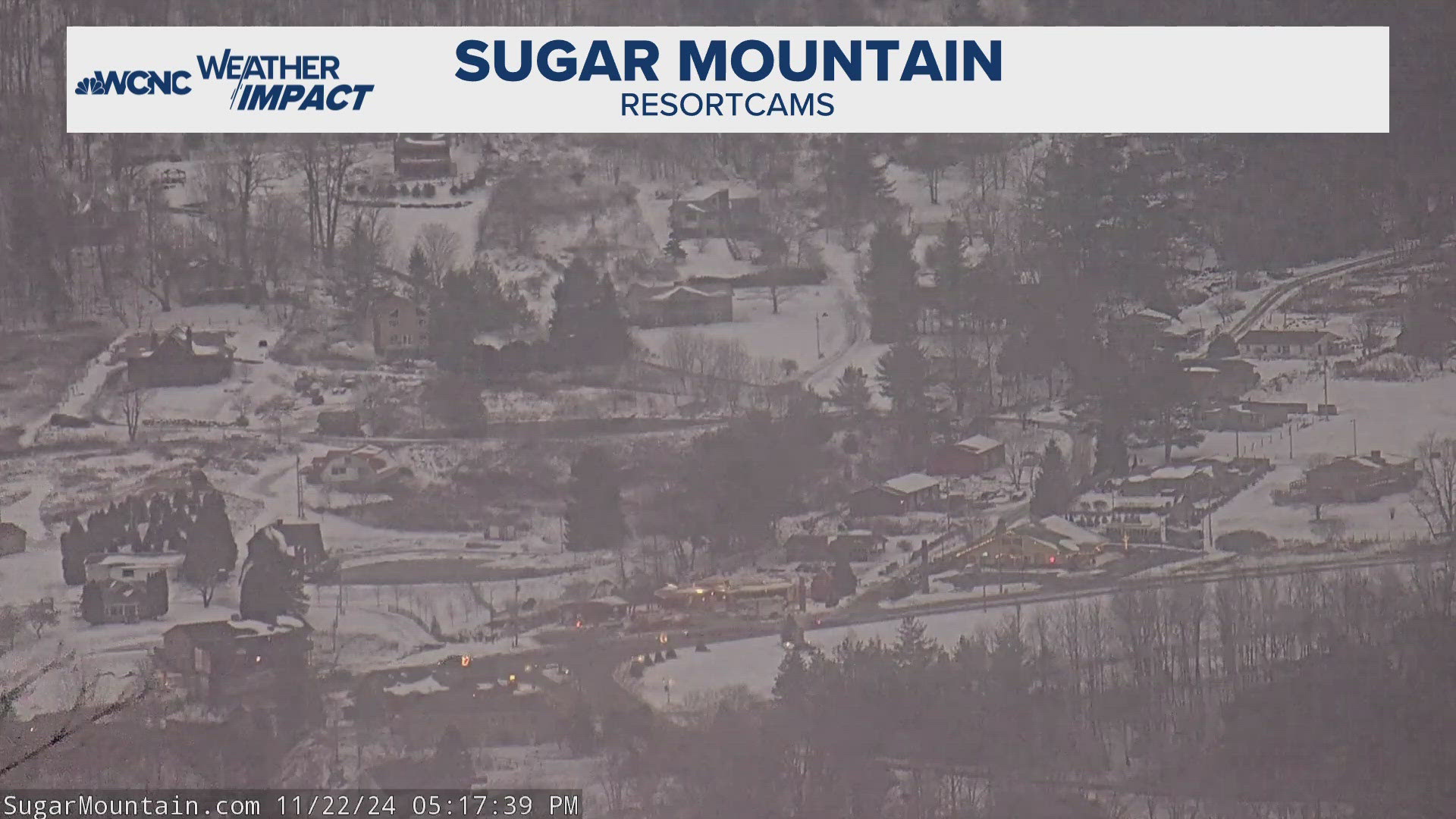There have been an extraordinary number of rip current-related drownings already this year in the United States.
The U.S. Lifesaving Association (USLA) says more than 80 percent of the surf beach rescues involve rip currents. Rips are fast-moving currents of water that can pull even the strongest swimmer away from the shore.
According to the USLA, rip currents account for at least 100 deaths each year at U.S ocean beaches.
They are not always easy to identify, but signs of rip currents include a break in the pattern of incoming waves; a channel of churning, choppy water; an area with a noticeably different water color; and a line of foam, seaweed or debris moving steadily seaward.
Rip currents are formed when waves break near the shoreline, piling up water between the breaking waves and the beach.
One of the ways that this water returns to sea is to form a rip current, a narrow jet of water moving swiftly away from shore, roughly perpendicular to the shoreline.
Rip currents can be as narrow as 10 or 20 feet in width though some may be up to 10 times wider. The length of the rip current also varies.
Rip currents begin to slow down as they move offshore, beyond the breaking waves, but sometimes extend for hundreds of feet beyond the surf zone.
If caught in a rip current, experts say don’t fight the current directly, swim out of it in a direction that follows the shoreline, then swim back to the shore once you are clear.
If you can’t escape the current, float or tread water until the current stops, then swim back to shore. If you are still unable to reach shore, wave your arms and call for help.
For greater safety, lifeguards say know how to swim, never swim alone, swim at beaches with lifeguards, and “if in doubt, don’t go out.”



